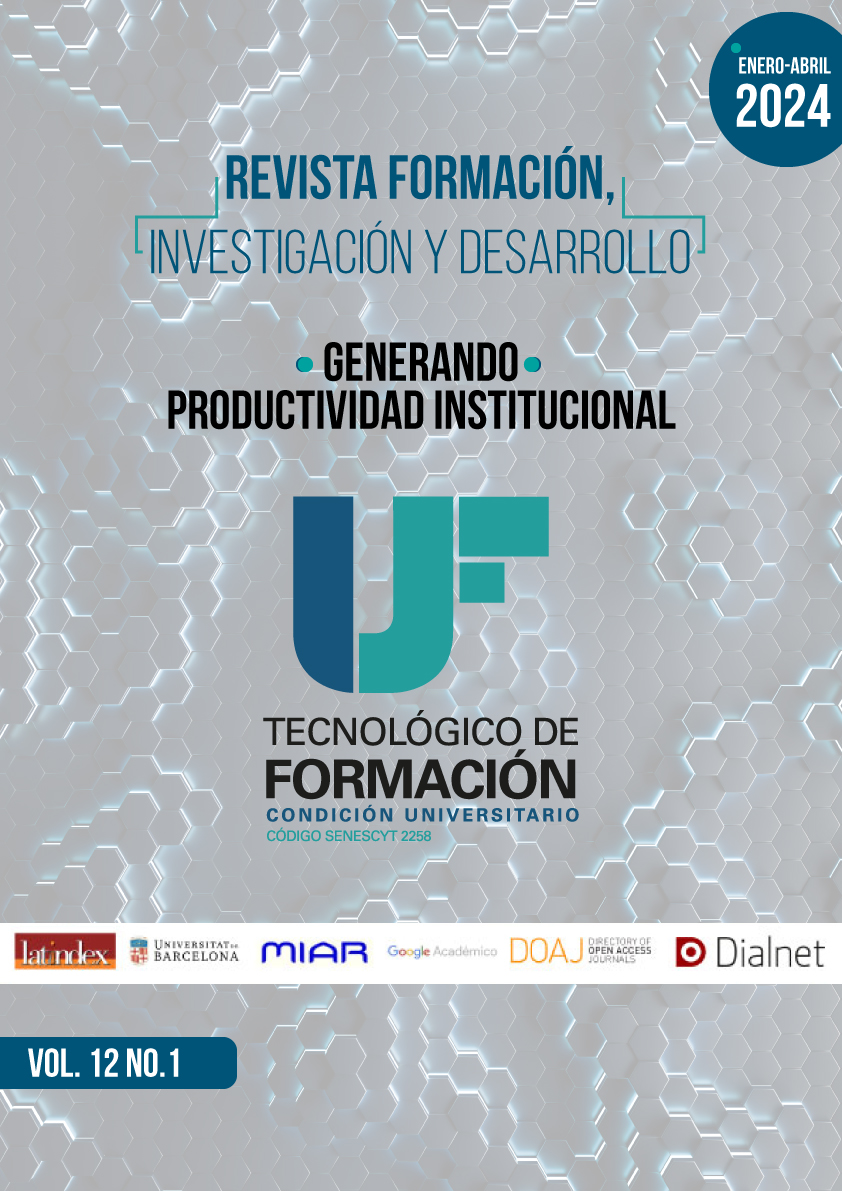Hybrid education model: challenges for teacher training and development
Main Article Content
Abstract
COVID-19 has had a significant impact on all aspects of social life; in education, this challenge involved the closure of educational institutions for long periods and the migration from in-person to distance education, taking advantage of information and communications technologies. The experience demonstrated the benefits of this type of education and advised establishing a training model that takes advantage of the training possibilities of distance education and the experiences and contributions of in-person education. In this article, based on bibliographic analysis and pedagogical experience, the challenges that the implementation of the hybrid model imposes on the training and development of teaching staff are assessed.
Article Details

This work is licensed under a Creative Commons Attribution-NonCommercial-ShareAlike 4.0 International License.
Este trabajo tiene licencia DE Atribución/Reconocimiento-NoComercial-CompartirIgual 4.0 Internacional. CC BY-NC-SA 4.0.
How to Cite
References
Fernández, F. A., Calzado Lahera, D. (2008). La didáctica: UNA VISIÓN HISTÓRICA DESDE SU DESARROLLO EN EL VARONA. VARONA, (47), 33-42.
Colectivo de autores (2017). Modelo de Educación a Distancia de la Educación Superior Cubana. Versión digital
Cubela G, JM, Fonseca A, B. (2022). Una gestión educativa diferente atemperada a la universidad contemporánea”. Revista de Desarrollo Sustentable, Negocios, Emprendimiento y Educación RILCO DS, n. 30 (p.p. 50-60, abril 2022). Disponible en línea:https://www.eumed.net/es/revistas/rilcoDS/30-abril22/universidad-gestion.
Cubela González, JM (2021). Orientaciones educativas para promover el crecimiento personal en los jóvenes. Una propuesta para educadores. Publicado en la Revista de Investigación, Formación y Desarrollo: Generando Productividad Institucional, 9(1), 6, https://doi.org/10.34070/rif.v9i1.263.
Cubela, González, JM (2018). La atención psicopedagógica del docente a favor del aprendizaje y el autoaprendizaje de los estudiantes. Recuperado de: https://acortar.link/uss092.
Cristiá Lara, S. (2023). Los nuevos desafíos de la educación en las universidades. Revista de Investigación , Formación y Desarrollo: Generando Productividad Institucional, 11(3), 12–20. https://doi.org/10.34070/rif.v11i3.425.
ONU (2015) Transformar nuestro mundo: la Agenda 2030 para el Desarrollo Sostenible. Recuperado de https://acortar.link/zMVEw.
Osorio Gómez, L. (2010). Características de los ambientes híbridos de aprendizaje: estudio de caso de un programa de posgrado de la Universidad de los Andes. Revista de Universidad y Sociedad del Conocimiento (RUSC). 7(1) Recuperado de http://hdl.handle.net/10609/2969
Páez Suárez, V. (compiladora). (2017) La Didáctica de la Educación Superior ante los retos del siglo XXI. Editora Educación Cubana, Recuperado de www.ucpejv.edu.cu www.cimex.cu.
Viñas, Mariela. (2021). Retos y posibilidades de la educación híbrida en tiempos de pandemia. Revista Plurentes. Artes y Letras. 12, (27) Recuperado en https://doi.org/10.24215/18536212e027.

